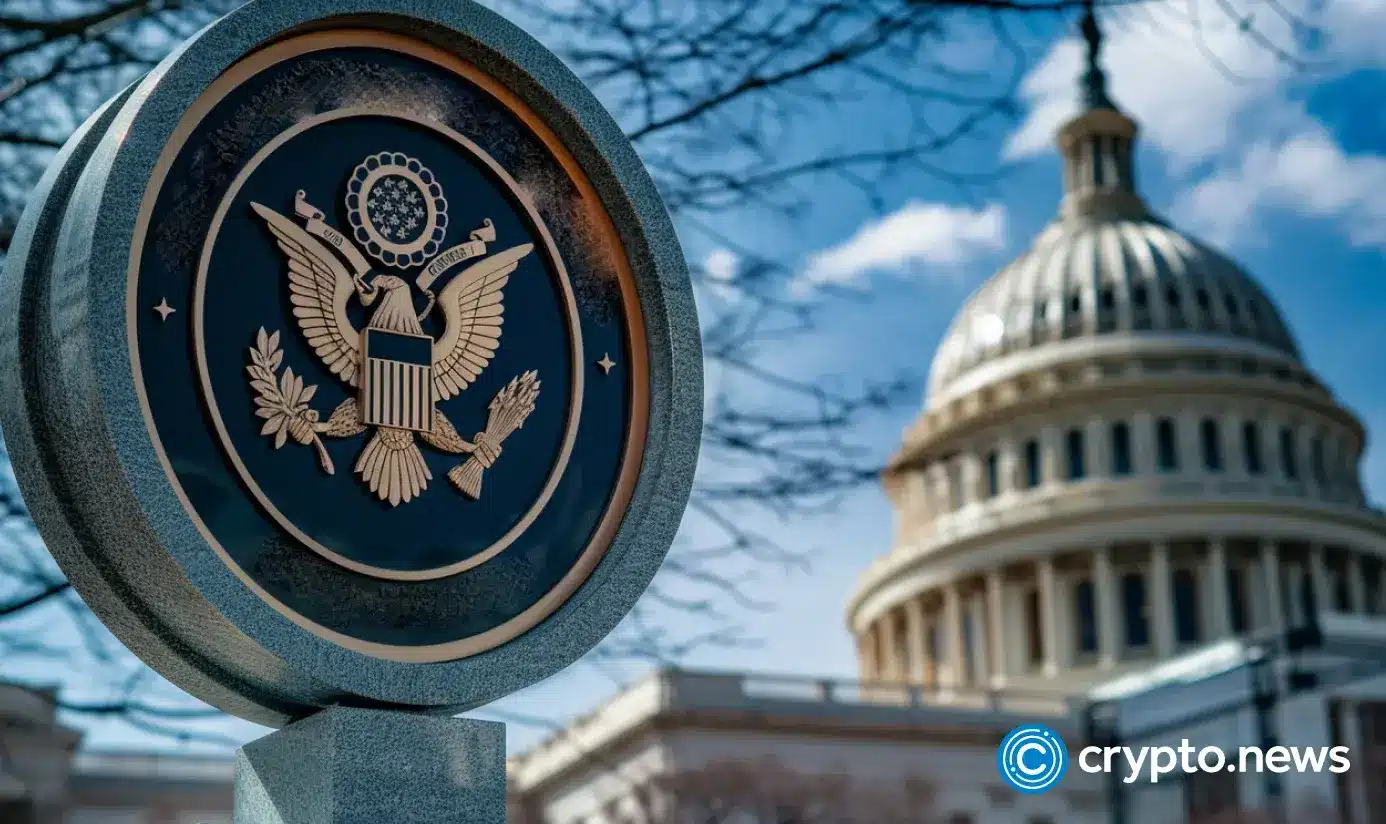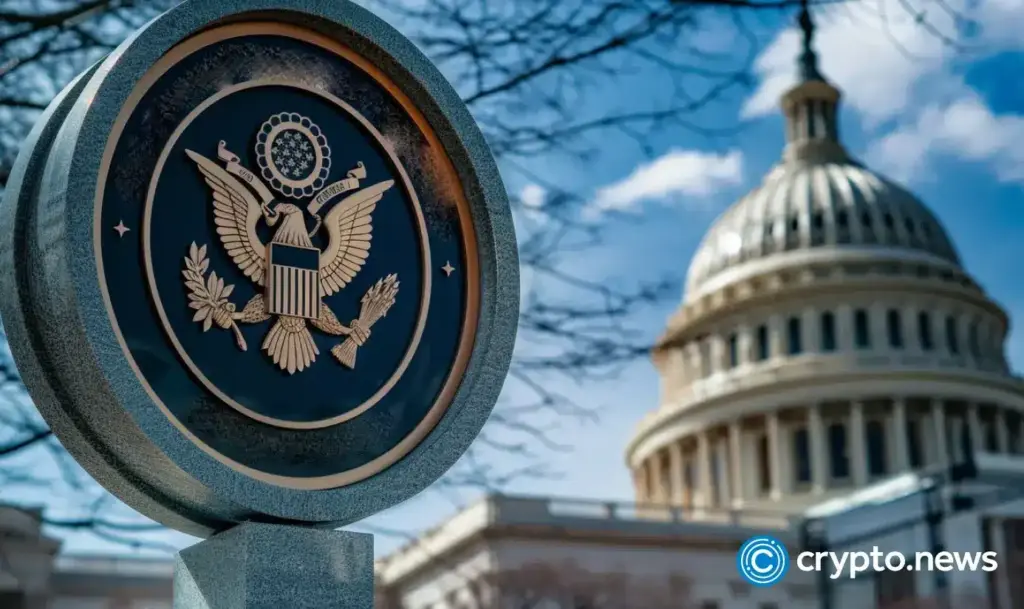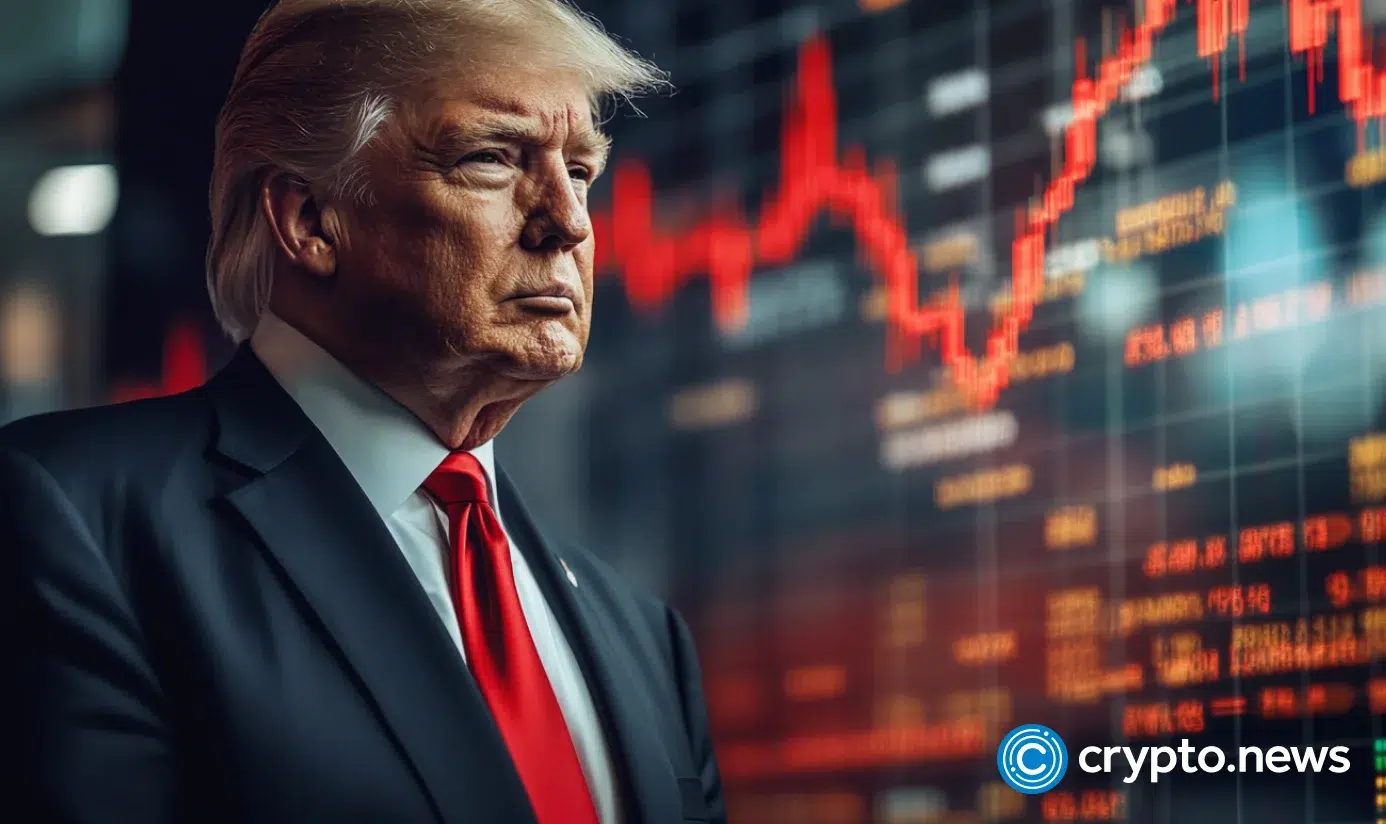
Disclosure: This article does not represent investment advice. The content and materials featured on this page are for educational purposes only.
Regulatory shifts, institutional interest, and DeFi-CeFi integration are reshaping the crypto market, here’s how CLS Global is navigating the change.
If there is one constant in the crypto space, it is disruption. Whether it is from changes in structure, regulatory policies, or market dynamics, the crypto space is perpetually facing new headwinds. Some of these challenges are internal — such as energy consumption issues, the overpowering number of scam projects, fears of another “Sam-Bankman Fried,” etc — while others stem from macroeconomic forces.
One such external factor is a change in governance in the world’s super-power nations. The new Trump administration in the U.S. has heralded a wave of changes, from tariffs to financial regulations. But how does this affect the crypto market?
In this article, let’s explore how the crypto market is evolving and why having expert support is essential to navigate these turbulent waters.
Will there ever be regulatory transparency?
Since its conception, the crypto space has been plagued by a lack of regulation. The reigning regulatory body, the U.S. SEC in the United States has unfortunately always taken a “regulation by enforcement” approach rather than creating a clear framework for digital asset companies to function under. The SEC’s volatile actions have prompted some states in the U.S., as well as organizations and firms, to file lawsuits against the regulatory body.
However, companies like CLS Global have taken more proactive measures. CLS Global concluded its regulatory matters through a settlement agreement with U.S. authorities. By taking such an approach, the company shows that it is committed to following regulations by working with the SEC and other authorities.
On the bright side, the new U.S. government has appointed Paul Atkins to lead the SEC in 2025. This is a positive development for the crypto space, as Atkins, who was the former SEC Commissioner, advocated for regulatory restraint in the crypto industry. This is evidenced by the fact that Atkins wrote about the transformative possibilities of blockchain technology and the tremendous positive impact that it could have on the U.S. economy.
And, with the new administration coming forward with clearer rules, the crypto space is expected to go through a restructuring of how liquidity is provided and risk is managed. Moreover, with better regulatory guidance, it is expected that organizations will show more maturity in terms of regulatory compliance.
As regulatory frameworks take shape in the U.S., these shifts are also predicted to reshape the competition between traditional markets and DeFi. To compete with DeFi, centralized trading platforms are now eyeing new trading techniques and liquidity provision.
As the market structure evolves through regulatory clarity and DeFi-CeFi integration, institutional traders are playing a key role in shaping how liquidity is provided, and trades are executed.
What is the role of institutional traders?
The one major change that all of the regulatory and structural clarity brings is an open gateway for institutional investors. This is because the push for regulatory clarity, changes in liquidity provision, and the merging of DeFi and CeFi prepare the crypto and blockchain space to meet the standards of institutional players.
CLS Global’s market analysts point out that traditional finance players are demanding infrastructure that more closely resembles traditional markets, including prime brokerage services, credit networks, and sophisticated execution algorithms.
This focus is perhaps because of the fact that institutional players are less concerned about price movements and are more interested in how these trades are implemented. This interest could then lead to the creation of a hybrid market structure, where centralized and decentralized platforms compete and collaborate to meet the needs of high-volume traders.
What stands in the way of change?
To bridge traditional and decentralized finance in a way that transforms an entire industry requires more than just a vision.
“The industry’s next phase will be defined by how effectively we bridge the gap between traditional finance and decentralized systems,” explains CLS Global’s CEO, Filipp V.
Filipp states that market makers who can successfully navigate both environments while maintaining robust compliance standards will shape the future of digital asset trading.
According to CLS Global, re-inventing the way in which an industry works requires a complete overhaul and a reimagining of market-making strategies. This will include cross-venue inventory management, dynamic risk pricing across multiple blockchain networks, integration of on-chain and off-chain liquidity sources, and real-time adaptation to varying settlement finality conditions.
Where do we go from here?
The crypto space has much room to grow. With regulatory clarity on the horizon, an imminent co-mingling of DeFi and CeFi, and the entry of institutional players, the market has an ambitious future to look to. CLS Global’s proactive approach to compliance and market-making strategies highlights the importance of adapting to these shifts rather than resisting them. The market maker is also continuously analyzing new trends and coming up with intriguing ways to predict hurdles and how to jump them.
Considering all the rapid changes in the sector, CLS Global offers a comprehensive legal framework development and advanced trading infrastructure implementation for traditional companies entering the crypto market. For more information on CLS Global, visit the website and its socials.
Disclosure: This content is provided by a third party. crypto.news does not endorse any product mentioned on this page. Users must do their own research before taking any actions related to the company.







